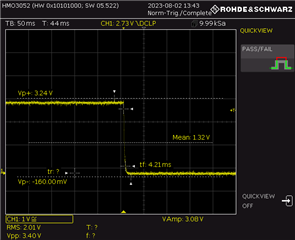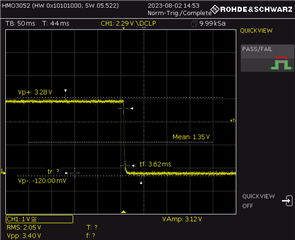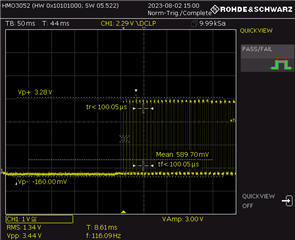Hi! I have been using the LM46000 in combination with LM2991S for a long time, but it's only recently that I have discovered an issue that I cannot explain.
The design consists of the LM46000 in inverting configuration to generate the negative -16V. Then the LM2991S converts the -16V into -15V.

The problem appears when I try to enable the circuit shown, ONLY when the temperature around the layout area covered by the circuit is above a certain temperature (somewhere between 50-60degC). At this point, I can't do anything but wait (or cool down) until the temperature drops to 30-40degC when the circuit starts working again. Otherwise, when the temperature is low, I can enable/disable the circuit with no problems.
Important to say that:
- The LM46000 reaches 50-60degC due to casing and hotter parts close to the circuit. If the pcb is by itself the temperature never goes above 40degC.
- my -16V_EN input works as expected, so I can always get a positive voltage at the enable pin of the IC. The problem is that the IC will not respond to that.
- If I enable the circuit at lower temperatures (30-40degC), it works with no issues even at 80-90degC. The issue would appear then if I disable the circuit and enable it again.
- When the IC does not work the voltages are as expected when disabled, except at the EN input of the IC.
I have tried:
- Pulling up EN pin to Vin so is always enable, at higher voltage than my current enable voltage but it does not change anything.
- Disabling the LM2991S, but the LM46000 continues showing the same problem.
- Tested many different LM46000's concerned about the Thermal shutdown protection, but the temperature never goes as high as the threshold shown on the datasheet. (st
At this point Im very confused even about how to continue debugging this issue. I would really appreciate receiving some ideas or possible reasons that help me solve this. Thanks in advance!




















